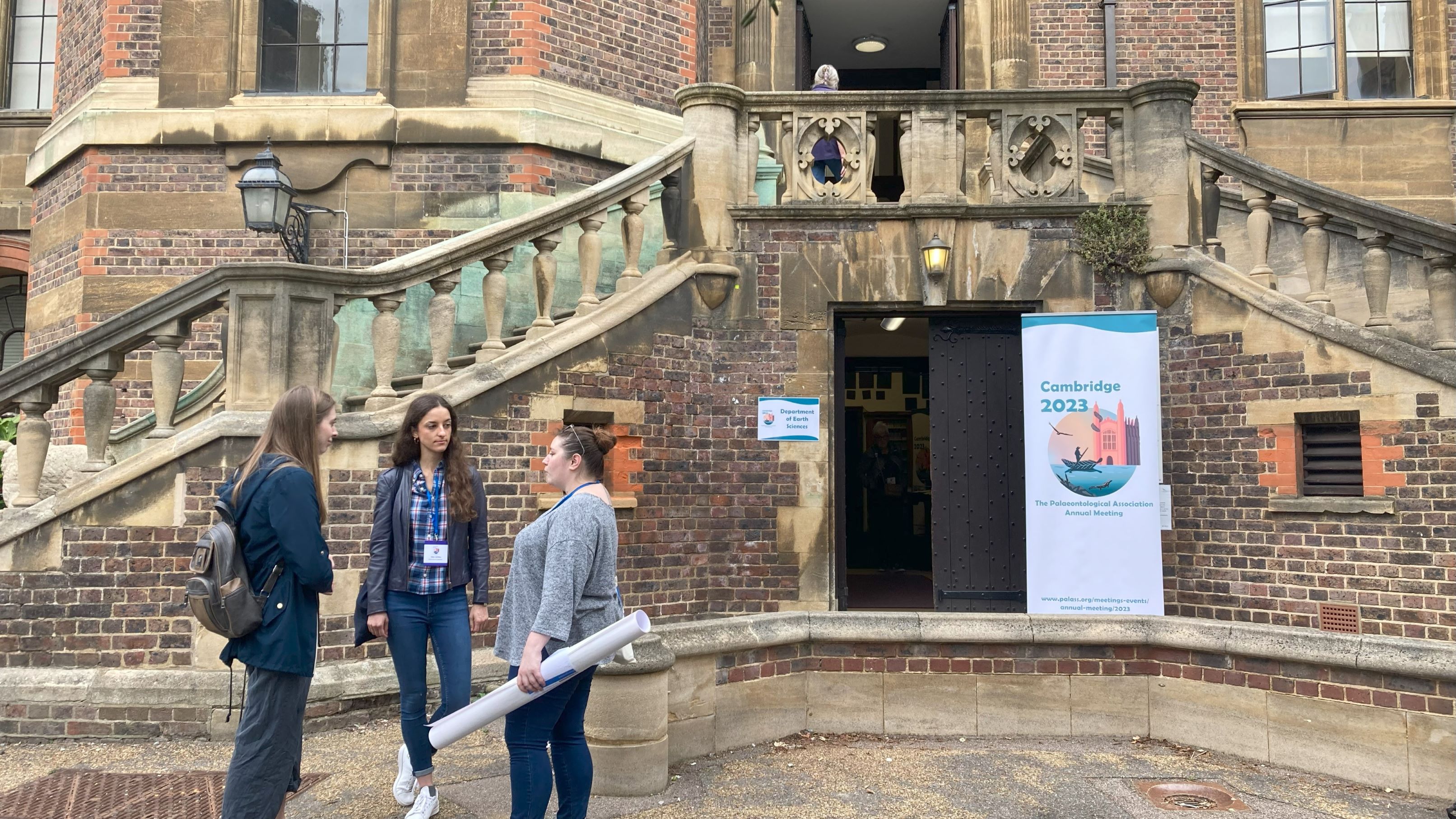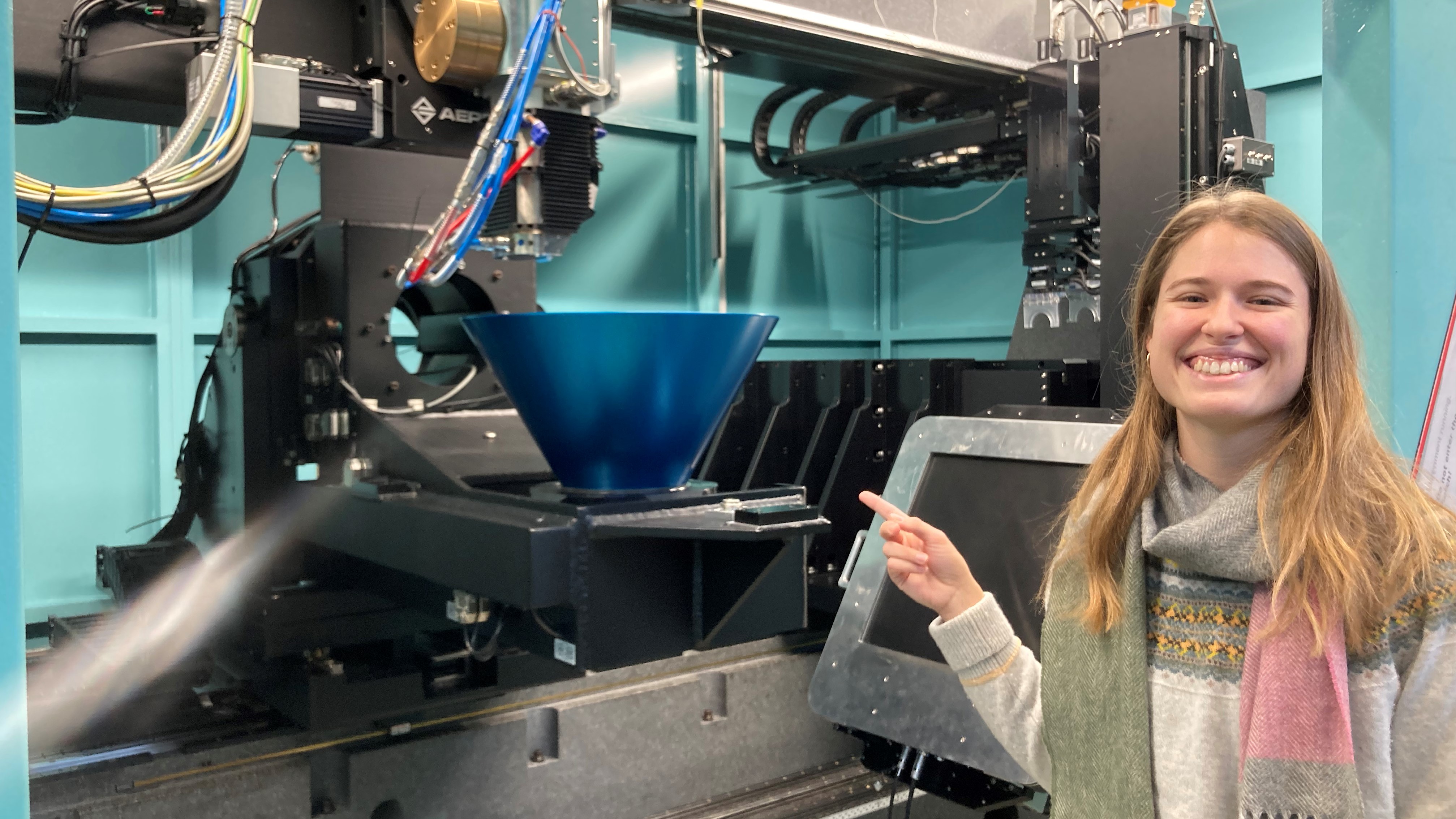Annabel Hunt is a second year PhD student studying the evolution of the theropod palate in the Field Palaeobiology Research Group at the Department of Earth Sciences. Here, Annabel reports back on attending the 2023 Palaeontological Association Annual Meeting.
Continue reading “Palaeontological Association 2023 conference comes to Cambridge”In Conversation with Alex Liu
Dr Alex Liu joined the Department of Earth Sciences in 2016 and is an Associate Professor in Palaeobiology and a Fellow of Girton College. He reflects on his work with Erin Martin-Jones.
Continue reading “In Conversation with Alex Liu”Forgotten fossils: how museum collections can be a treasure trove
Palaeontology isn’t all about adventuring into the desert to dig up rocks. Sometimes, the palaeontologists of the past managed to find so many fossil bones, they didn’t know what to do with them. These bones can lie forgotten in museum collection drawers for decades, until a PhD student comes along to study them.
Fortunately for me, some of the most commonly overlooked fossils are fragmentary, isolated bones belonging to tiny animals. As a palaeontologist who works on passerine birds, which are generally tiny (think robins and blue tits), I was very excited to go on my first museum trip to look at bird fossils. In December 2022, I visited several museums in southern Germany to poke through all the drawers that might contain some mystery bird bones.
Continue reading “Forgotten fossils: how museum collections can be a treasure trove”Life after graduating, and life before the Cambrian Explosion
Before the unprecedented months of virtual everythings – hand sanitiser-soaked fingers and meetings in pyjama bottoms – I was happily enjoying my final year as an undergraduate. Whilst making the most of my time left in beautiful Cambridge and running the greatest student geological society there is (the unofficial title I awarded the Sedgwick Club), I found myself working on an interesting Master’s project with Alex Liu. The exciting results that came out of this project gave me something to focus on whilst stuck at home in the months after graduation. I’ll tell you more about my project, and my journey to getting my results published, in this blog post.
Continue reading “Life after graduating, and life before the Cambrian Explosion”Scanning Ediacaran fossils in Newfoundland
In September, I spent three weeks in Newfoundland, Canada working on world class Ediacaran fossil surfaces with Emily Mitchell, Charlotte Kenchington and Lucy Roberts. After eight hours of travelling, our bright red truck full of precision equipment, people and food arrived in the town of Portugal Cove South. We settled into ‘The Green House’, where we would be staying, and promptly collapsed in bed.
Continue reading “Scanning Ediacaran fossils in Newfoundland”






